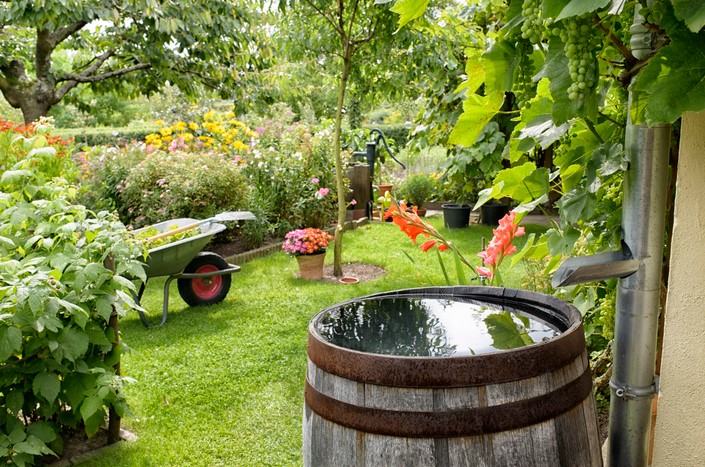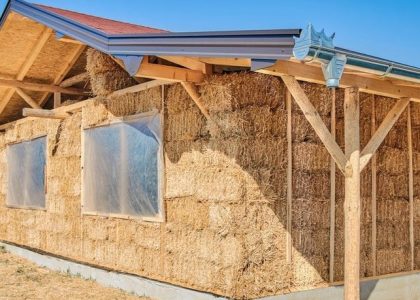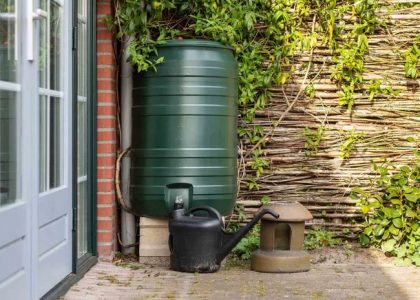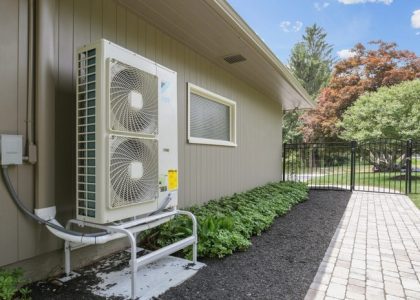
As environmental awareness grows and the demand for sustainable living practices increases, homeowners are looking for creative ways to reduce their environmental footprint. One simple yet highly effective solution is using rainwater collection barrels. These barrels offer an easy way to capture rainwater, which can then be used to irrigate your garden, water your lawn, or even clean outdoor surfaces. Not only does this practice save money on water bills, but it also helps conserve natural resources and reduces the strain on municipal water systems.
Rainwater harvesting is not a new concept—people have been collecting rainwater for centuries. However, with advancements in technology and growing concerns about water scarcity, more homeowners are turning to rainwater collection barrels as an eco-friendly option for managing water usage. Whether you live in a drought-prone area or simply want to adopt more sustainable practices, these barrels offer a practical, low-cost solution that can benefit both your garden and the environment.
Benefits of Rainwater Collection Barrels
Implementing rainwater collection barrels on your property offers a multitude of benefits that go beyond just saving money on your water bill. Here are some of the key advantages of using rainwater for irrigation and other outdoor uses:
1. Conserving Tap Water
Watering your garden with tap water can be costly, especially during the hot summer months when plants require frequent hydration. By using rainwater collection barrels, you significantly reduce your reliance on municipal water supplies. This is especially valuable in regions where water resources are limited, as every drop saved can help ease pressure on local water systems.
Rainwater is naturally soft, meaning it doesn’t contain the salts, minerals, or chemicals that are often found in tap water. This makes it better for your plants, as they’ll receive clean, untreated water that is ideal for healthy growth. By collecting rainwater, you’re doing your part to preserve this valuable resource while simultaneously giving your plants the best water possible.
2. Lowering Utility Bills
Another advantage of rainwater collection barrels is their ability to reduce your water bills. Watering your garden and lawn can account for a significant portion of your monthly water usage, especially in the warmer months when outdoor watering is necessary. With a rainwater collection system in place, you can supplement or even replace the use of tap water for irrigation, leading to noticeable savings on your utility bills.
The more you rely on rainwater for outdoor tasks, the less you’ll need to draw from the municipal water supply. As a result, you’ll reduce your overall consumption and decrease the amount of money spent on water.
3. Supporting a Greener Garden
Using rainwater in your garden not only helps conserve water, but it also contributes to healthier, more vibrant plants. As mentioned, rainwater is free from chemicals like chlorine and fluoride, which are commonly added to tap water to treat it. These chemicals can sometimes harm sensitive plants or alter the natural pH levels of the soil. By using rainwater collected in barrels, you can avoid these issues and promote a more natural growing environment for your plants.
Additionally, rainwater is often slightly acidic, which can be beneficial for certain types of plants, such as azaleas, rhododendrons, and blueberries, which prefer slightly acidic soil. Using harvested rainwater ensures that you’re giving your plants the best possible hydration without the drawbacks of chemically-treated tap water.
Setting Up a Rainwater Collection System
If you’re interested in starting your own rainwater collection system, the process is relatively simple and can be adapted to fit a variety of home types and budgets. Here’s a step-by-step guide to setting up rainwater collection barrels:
1. Choose the Right Location
The first step in setting up your rainwater collection system is selecting the right location for the barrels. Ideally, the barrels should be placed under a downspout that collects water from your roof. This will ensure that you’re collecting water that has been filtered through your roof’s gutters. The area should also be level and easily accessible for both installation and maintenance.
2. Select the Right Size Barrels
The size of the rainwater barrels you choose will depend on several factors, including the size of your roof, the amount of rainfall in your area, and how much water you need to collect. On average, a 55-gallon rainwater barrel is a common size, but larger barrels (100-150 gallons) are also available for bigger systems. You can also connect multiple barrels together for larger storage capacity.
Remember that you don’t want to overfill your barrels. Excess water will need to be drained, so it’s important to ensure proper overflow management to avoid flooding or water damage.
3. Install a Gutter and Downspout System
Next, you’ll need to install a system of gutters and downspouts to direct rainwater into your barrels. Most homes already have gutters, but you may need to adjust or modify the downspouts to ensure they are aligned with the barrels. You can also purchase diverters that attach to your downspouts and allow you to control the flow of water into the barrels.
Some systems also include filters that prevent debris, such as leaves and twigs, from entering the barrels. This is important to maintain the cleanliness of the water and ensure that your barrels don’t become clogged or contaminated.
4. Maintain Your System
Once your rainwater collection barrels are set up, regular maintenance is essential to ensure the system continues to function effectively. Clean the gutters periodically to remove leaves and debris that may clog the system. Check the filters and downspouts for blockages and ensure the barrels are tightly sealed to prevent mosquitoes or other pests from breeding.
In areas where freezing temperatures are common, you may need to disconnect and drain the barrels before winter to prevent damage from ice. During the growing season, monitor the water levels in your barrels and adjust your watering schedule accordingly.
Additional Uses for Collected Rainwater
While rainwater collection barrels are commonly used for garden irrigation, the possibilities extend beyond just watering plants. Collected rainwater can also be used for:
- Washing outdoor equipment: Rainwater is a great option for washing cars, bikes, or gardening tools, as it is typically free from the chemicals found in tap water.
- Cleaning outdoor surfaces: Use rainwater to wash patios, driveways, and decks. It’s a cost-effective way to keep your outdoor spaces clean without relying on municipal water.
- Watering indoor plants: Rainwater is ideal for houseplants, as it provides a natural, chemical-free watering solution that supports healthier growth.
In conclusion, rainwater collection barrels provide an easy and effective way to harvest water for a greener garden and more sustainable home. By capturing rainwater, you not only reduce your reliance on tap water but also help conserve this precious resource for future generations. These barrels offer a simple, cost-effective solution for homeowners looking to save money, reduce their environmental footprint, and enhance their gardens. By setting up a rainwater collection system, you’re taking an active role in creating a more sustainable and eco-friendly home environment.




